I’m pretty sure I’ve remarked previously on the particular quality of light that places of moderate latitudes by a sea seem to have – the other two that come to mind are Lisbon and Tokyo. I think it’s characterised by a few things: a clear and directionality of shadow (but not quite the same harshness one gets from direct overhead light in the tropics); coloration at either end of the day from the evaporated moisture in the air filtering light from low angles creating the kind of skies people pay a lot of money to emulate with filters; and lastly, a sort of almost overintensity of color. Everything feels saturated and hyper-real, but at the same time not garish. A tricky thing to reproduce digitally, especially in colours which reside almost entirely in one channel – the reds of cars parked in bright sunshine, the intense blue of a late afternoon sky – yet these are the little subliminal visual cues that tell us where we are, and make us long for the sea. MT
This series was shot with a Nikon Z7, 24-70/4 S, 50/1.8 S and my custom SOOC JPEG profiles.
__________________
Prints from this series are available on request here
__________________
Visit the Teaching Store to up your photographic game – including workshop videos, and the individual Email School of Photography. You can also support the site by purchasing from B&H and Amazon – thanks!
We are also on Facebook and there is a curated reader Flickr pool.
Images and content copyright Ming Thein | mingthein.com 2012 onwards unless otherwise stated. All rights reserved

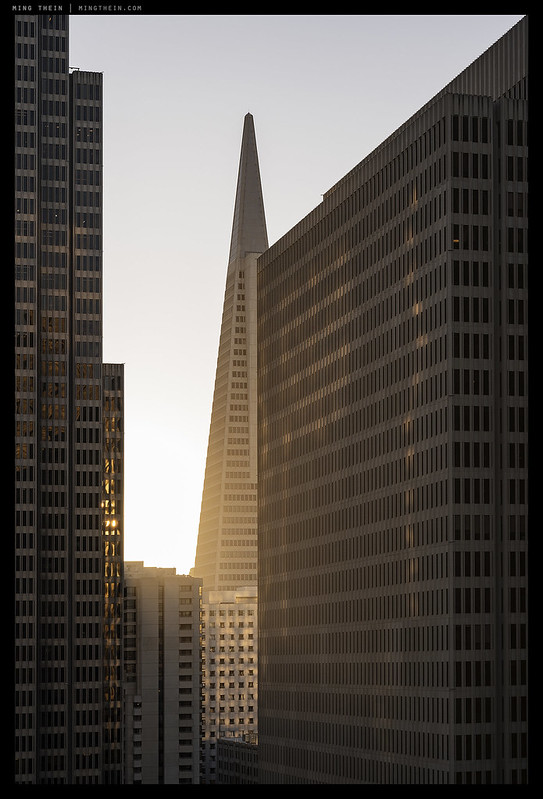

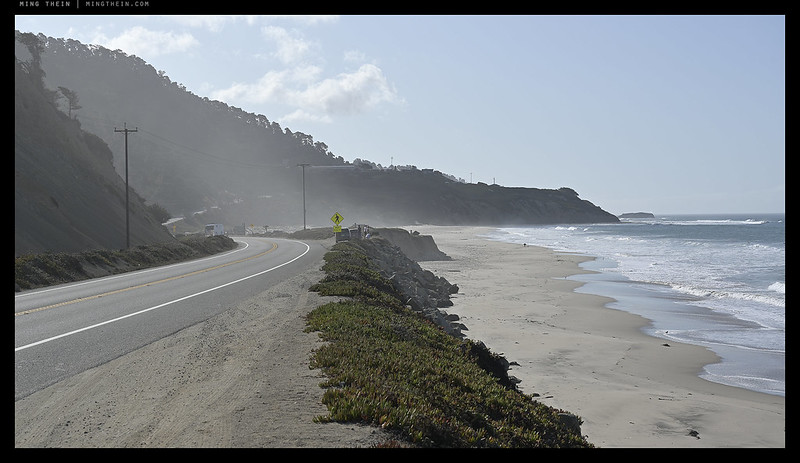

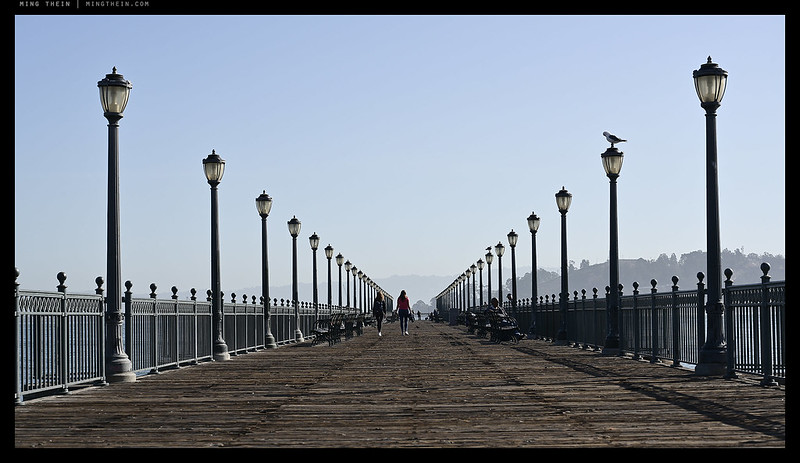


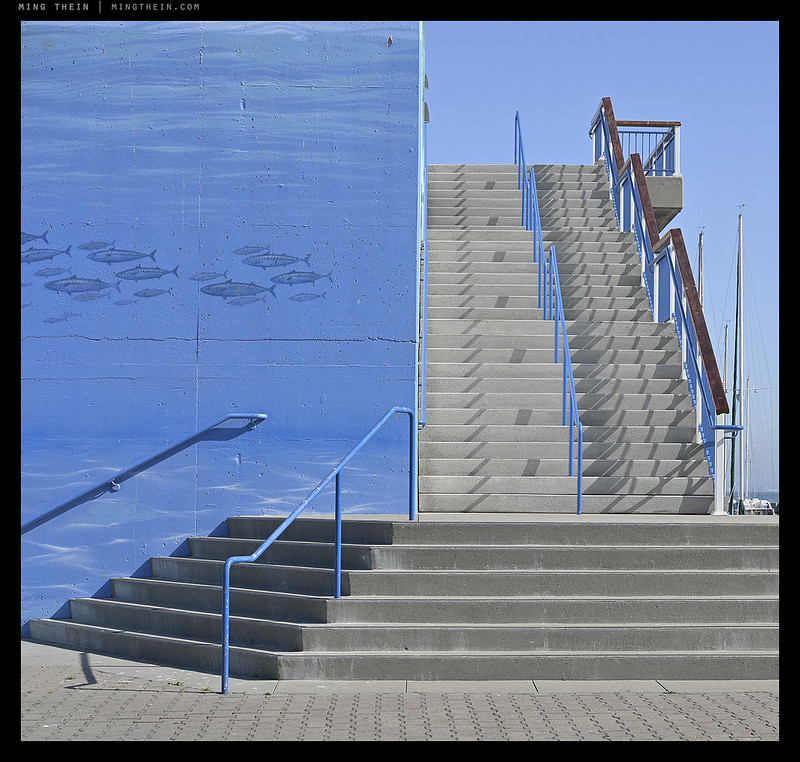
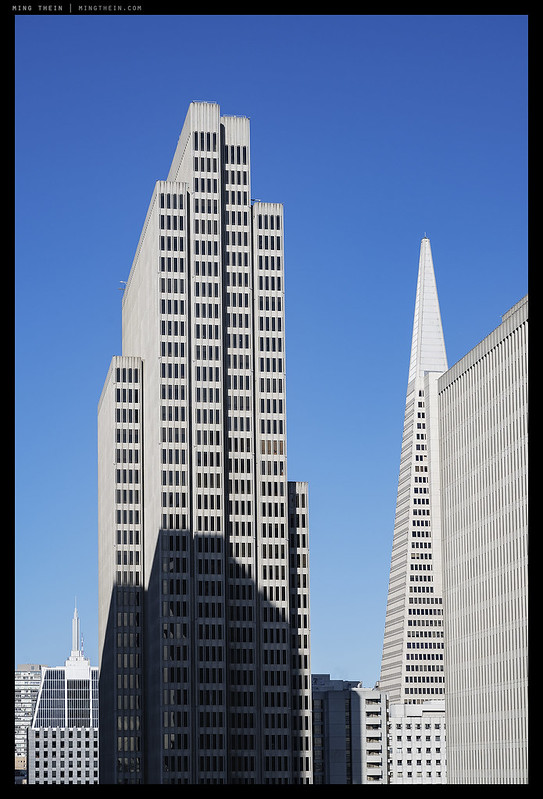
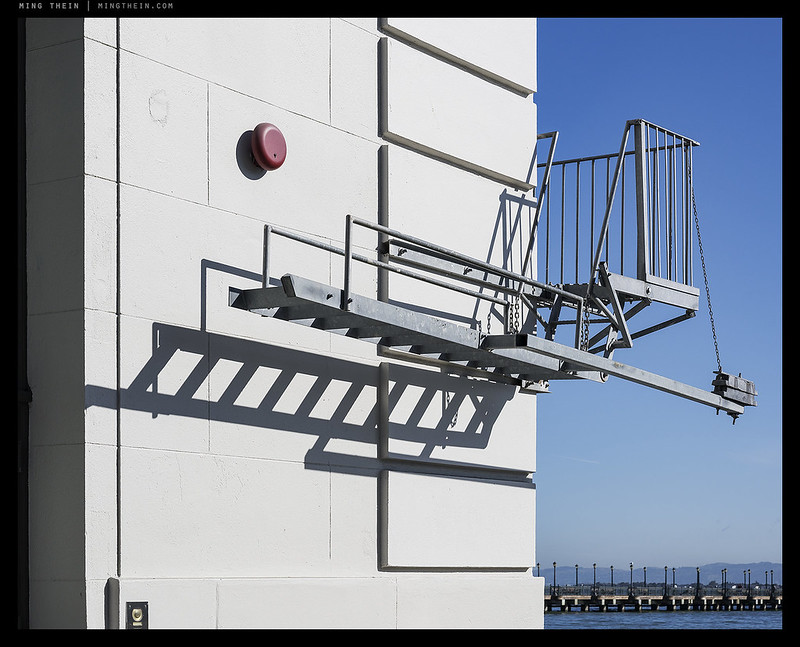


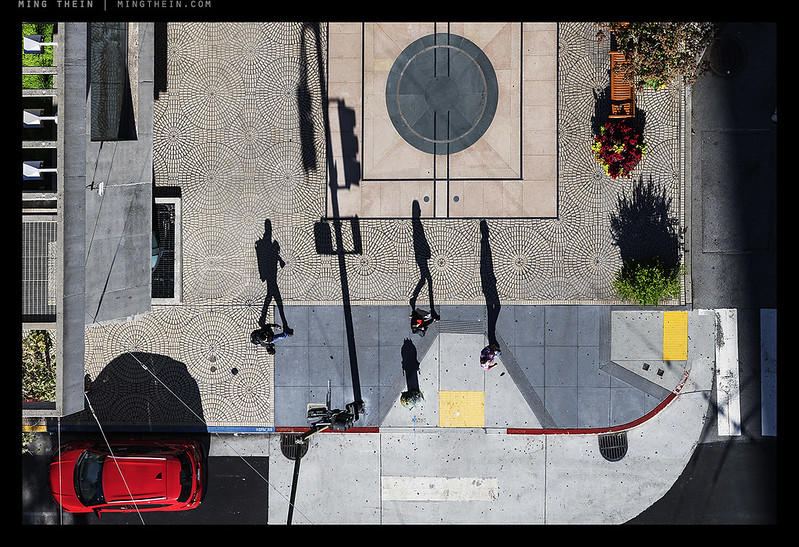
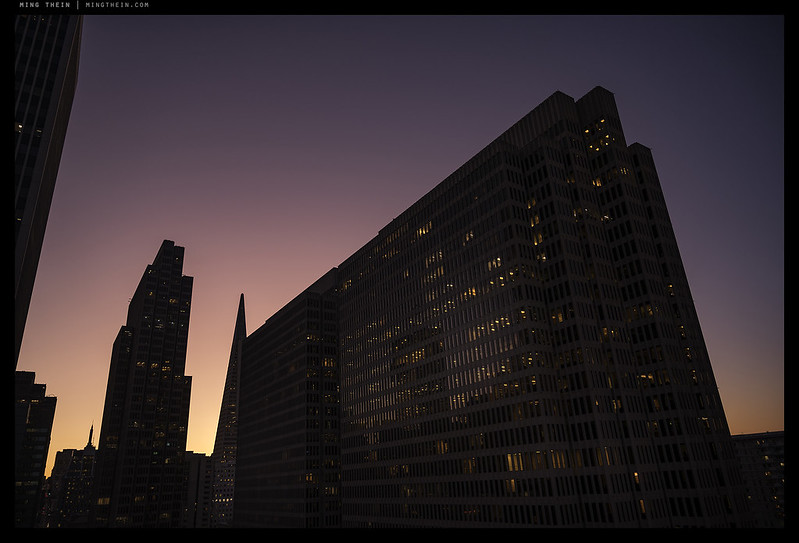
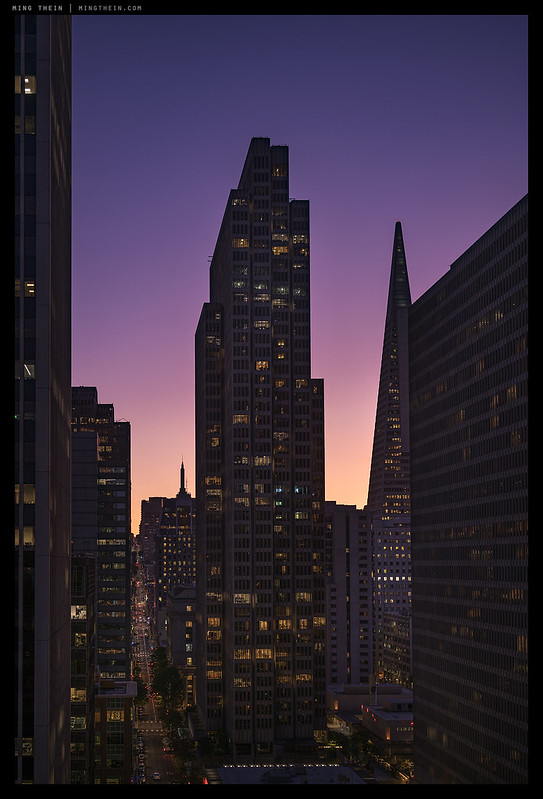





I worked in the Embarcadero 3 building for a short while in the early 1980’s and am very familiar with that area including the TransAmerica Building and the then-called Bank of America building. You have really made the area (out)shine in your photographs!
Thanks! Curious what it’s like inside – just as 80s as the outside?
I would say yes, late 1970’s/early 1980’s on the inside. Ubiquitous support columns and rather squared interior spaces. The most memorable feature was the fact that where I worked, cubicles went right up to the windows so one could get quite a downwards view. A bit disconcerting to the uninitiated high rise office worker which I was at the time!
That must have been spectacular though!
I love the two shots looking (what seems to be) straight down. The diagonal with the primary colored cars corresponding to the matching colors around them. And the people with shadows.
Did you lean out of a window or balcony? (not asking for the location!! Just the technique).
Thanks – I was leaning over one of the balconies down at the Embarcadero Hyatt. Right time of day, crazy shadows!
Very cool – I’ve stayed there often but never had that balcony view. Now I know what to ask for next time!
Beautiful work.
Totally worth it!
As a California native, I’ve been working for years to capture this light. Only recently have I felt the “Eureka” moment where I feel like I’ve gotten it.
I believe this light is the opposite of what a modern digital sensor enjoys capturing: All subtle midtone to highlight transitions, color that is present but not particularly saturated, and white balance that is nowhere near the “normal” zone. I find that even on my Nikons, where I’m usually happy with the color straight out of the box, I need some extreme white balance and HSL adjustments to get things right.
Editing must be done subtly and tastefully lest it ends up looking like another 500px nightmare.
I sometimes wonder if our eyes/brain have a particular way of perceiving sunsets that does not agree with how a digital sensor sees. Anyway, fantastic images here, especially the first. It certainly captures “that light”!
Absolutely. Not easy at all, and earlier sensors struggled badly to hold it – film was better but not very natural. We’re getting there…what I notice with new generations is that even if the absolute quantitative numbers don’t improve that much, the way they’re delivered does…
Very nice! Captures the mood perfectly. There is definitely a cartoonish quality to light in those places, which I think your preferred processing emphasises to some extent. I tend to take the cheaper and lighter way there, and just use a smaller sensor camera 😉 There are drawbacks but I’m rarely in the tropics…
Thanks – I don’t think I’d call it cartoonish so much as ‘painted’ or ‘surreal’ – you think it has to be PS’d in, but nope, I am in reality trying to get as close to accurate as possible…
Discovering now that with the right lens pairing, we don’t have to make that much of a compromise on IQ and FF is still possible (Nikon, where are your promised FF Z pancake primes?)
I suppose they found out – like everyone else – that there’s no magic formula for a high quality pancake lens. Or that 1.8 sells better than 2.8…
The magic formula is losing a stop or two of speed…and yes, 1.8 sells better but then there’s the whole size thing. Still on the roadmap though so my guess is we still have hope. Maybe even f2.5 if we’re lucky – better an okay f2.5 and an excellent f4 than only an excellent f4 and no 2.5 option at all (for example).
I rather like that whatever Nikon does with the Z system they try to get right the first time (or that’s my impression anyway). There are so many systems with some frustratingly bad lenses that never get replaced. Maybe that’s the reason it takes time to complete the lineup – or one can hope so.
Personally, I’m happy with Panasonic LX15. More than 3 years in the market and still going strong (for a compact).
I’m very glad they waited instead of iterating mistakes like Sony – but maybe not the smartest business decision since they lose out on the switching market…
Great photos, as usual. The best sunsets I’ve ever seen were in the bone-dry desert towns of Imperial Valley, in the southeastern corner of California.
Thanks for the recommendation!
I found the light in L.A. to be magical. And I found the way Nikons capture light, catch that very well.
Same coast, but I wonder if the pollution makes any difference?
The 12. one – Great!… I like the big Shadows… 🙂
Thanks!
One can also see spectacular sunsets in places with very little humidity. Central and northern New Mexico in summer can have amazing sunsets while having humidity in the high single digits to low double digits.
I like all of these pictures. You’ve made San Francisco look very inviting.
Not had a chance to get out there unfortunately!
Always personally found SF quite inviting 🙂
You would be well aware of the influence of moisture or dust in the air, in this context. The most sensational sunsets I have ever seen have both been associated with higher than average humidity as the world started its shift through gold and red, to blue.
It is picking up on things like this that help bump learners up the ladder, from raw beginners to serious amateur photographers. Some have “the eye”, and notice these things early. And you can tell – when you look through their collection of photos.
Of course those factors don’t just affect colour – they also affect medium to long range visibility. Sometimes, even, clarity/sharpness closer in. Do I hear a scream for filters? LOL
Absolutely. We just don’t get that kind of light here in the tropics because the ambient RH is very different (and at different altitudes, too).
I actually quite like the falloff at longer distances – it somehow enhances that sensation of depth/ layering…